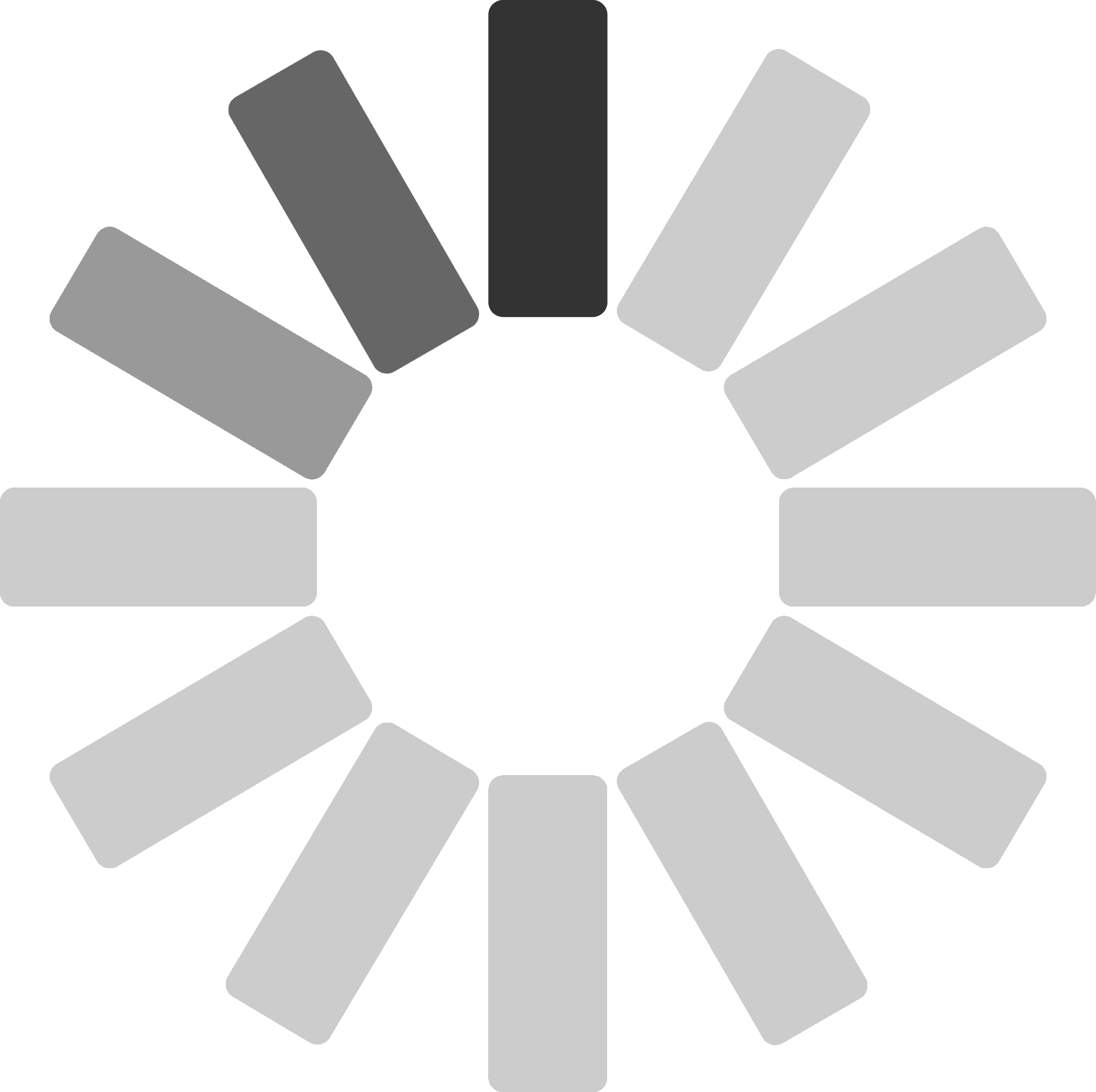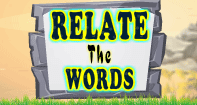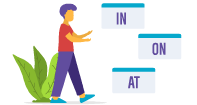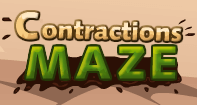Change Avatar
What are Prepositions
What Are Prepositions?
What is a preposition?
Prepositions are useful little connector words or group of words that help us know how certain nouns, pronouns, or noun phrases work with other parts of the sentence. They most often connect the above to verbs, nouns, and adjectives, giving us information about the direction, location, position, method, or time something happens. They can also be used to introduce an object. You can usually find a preposition or a prepositional phrase near the end of a sentence.
Fun Fact! There are around 150 prepositions in the English language.
What are the different types of prepositions?
There are prepositions of time, place, direction, location, and spatial relationship, each having a different function when connecting words to enhance the meaning and specificity of a sentence.
Some prepositions can be used in multiple ways, such as the three most common in, on, and at. Be sure to consider your intention for the object when selecting the appropriate preposition.

Are there prepositions with more than one word?
There are also double prepositions and compound prepositions, depending on the number of words and their meaning together.
How do you use a preposition?
Because prepositions are used to connect a noun, pronoun, or noun phrase to another specific part of the sentence, you must always have the subject and verb before the preposition to properly make the connection. The preposition is then followed by a noun or pronoun - never by a verb!
Can you end a sentence with a preposition?
This used to be a grammar no-no, but in modern English, it is acceptable to end a sentence with a preposition. In fact, not doing so might make you sound antiquated or overly proper with your wording.
Examples:
Modern English - Where did this come from?
Proper English - From where did this come?
Modern English - Can I have a chair to sit on?
Proper English - Can I have a chair on which to sit?
What are the most common prepositions?
The most commonly used prepositions in the English language are the following:
| about | above | across | after | against | along |
| among | around | at | away | because of | before |
| behind | below | beneath | beside | between | |
| by | down | during | except | following | for |
| from | in | in front of | inside | instead of | into |
| near | next to | of | off | on | onto |
| out | out of | outside | over | past | since |
| through | to | toward | under | underneath | until |
| up | upon | with | within | without |










